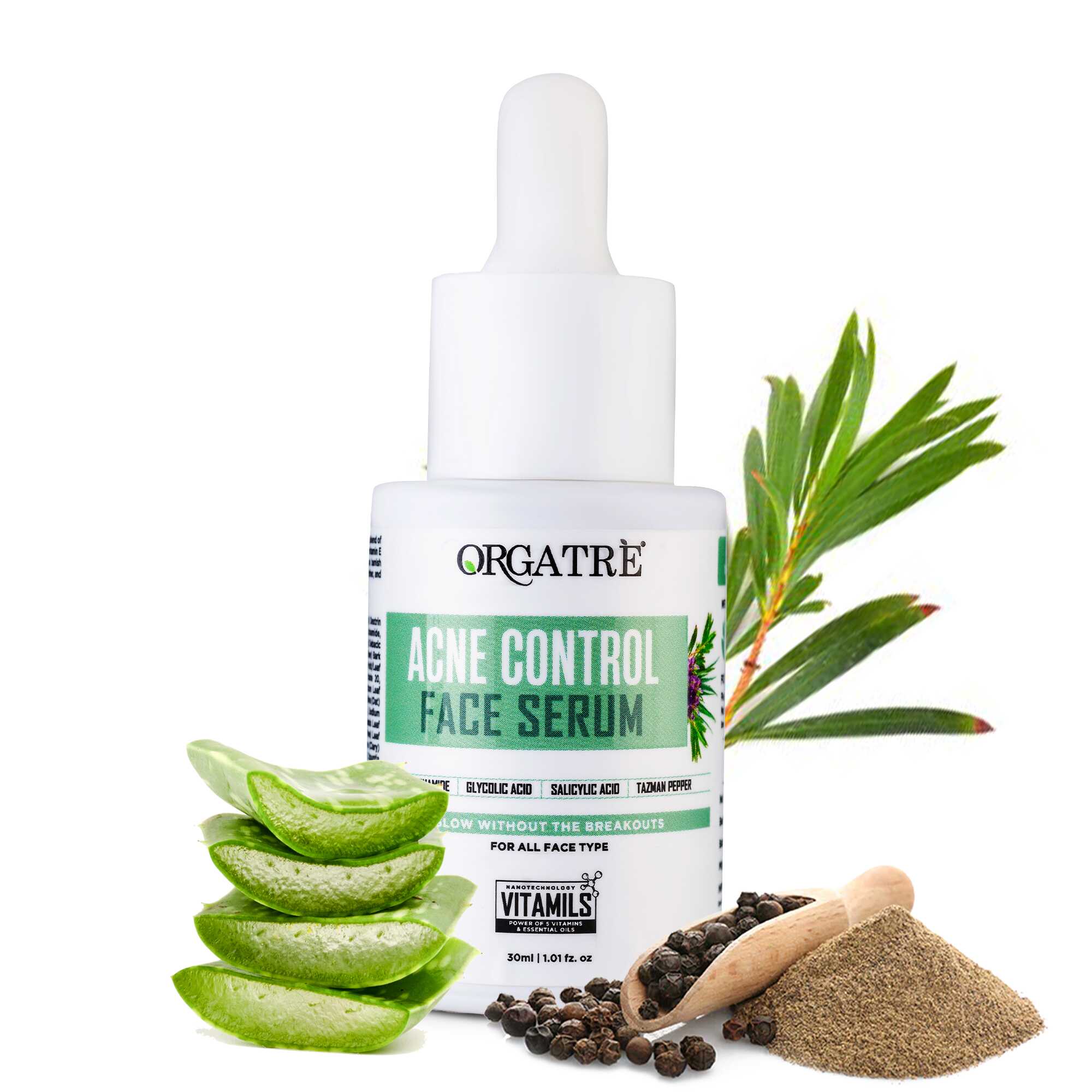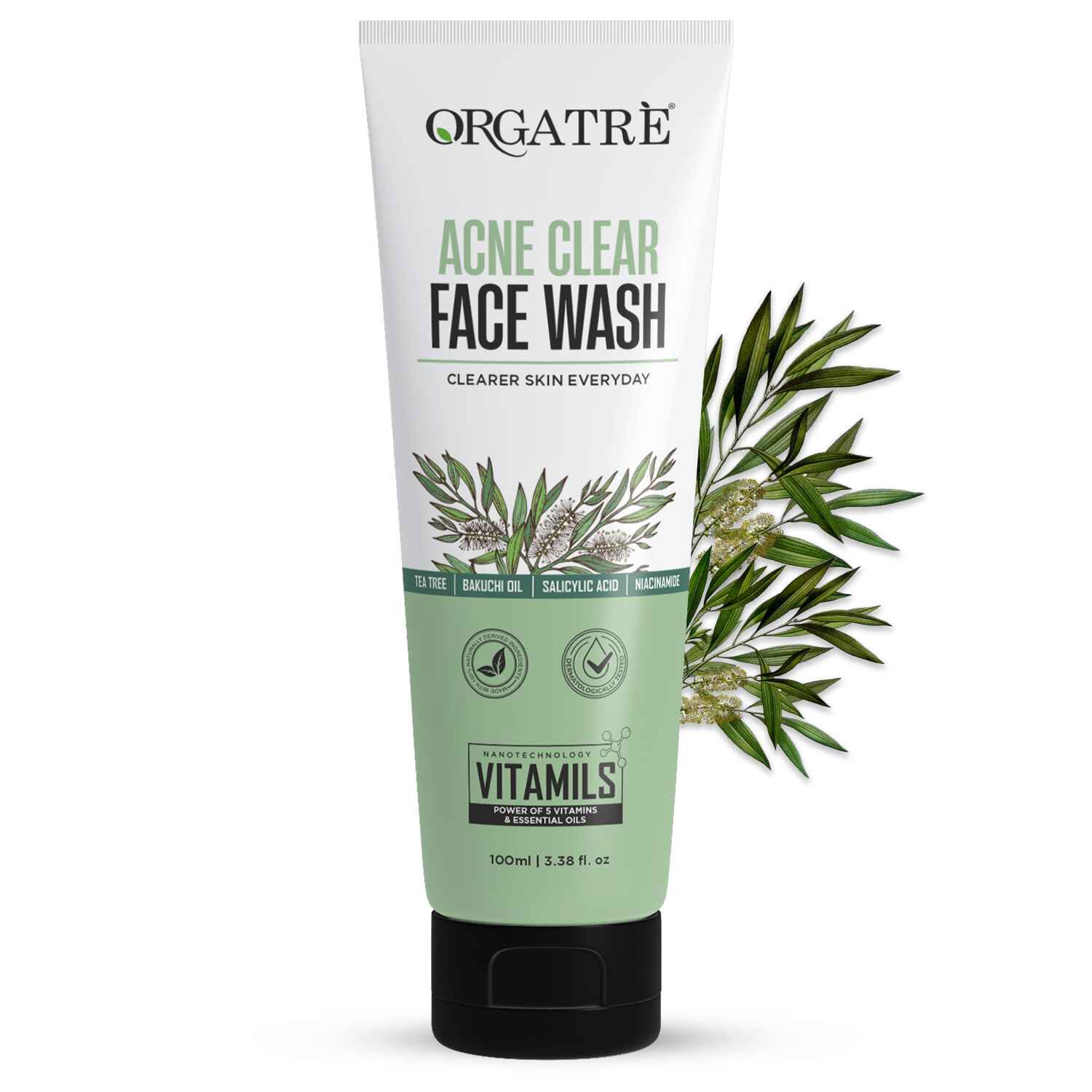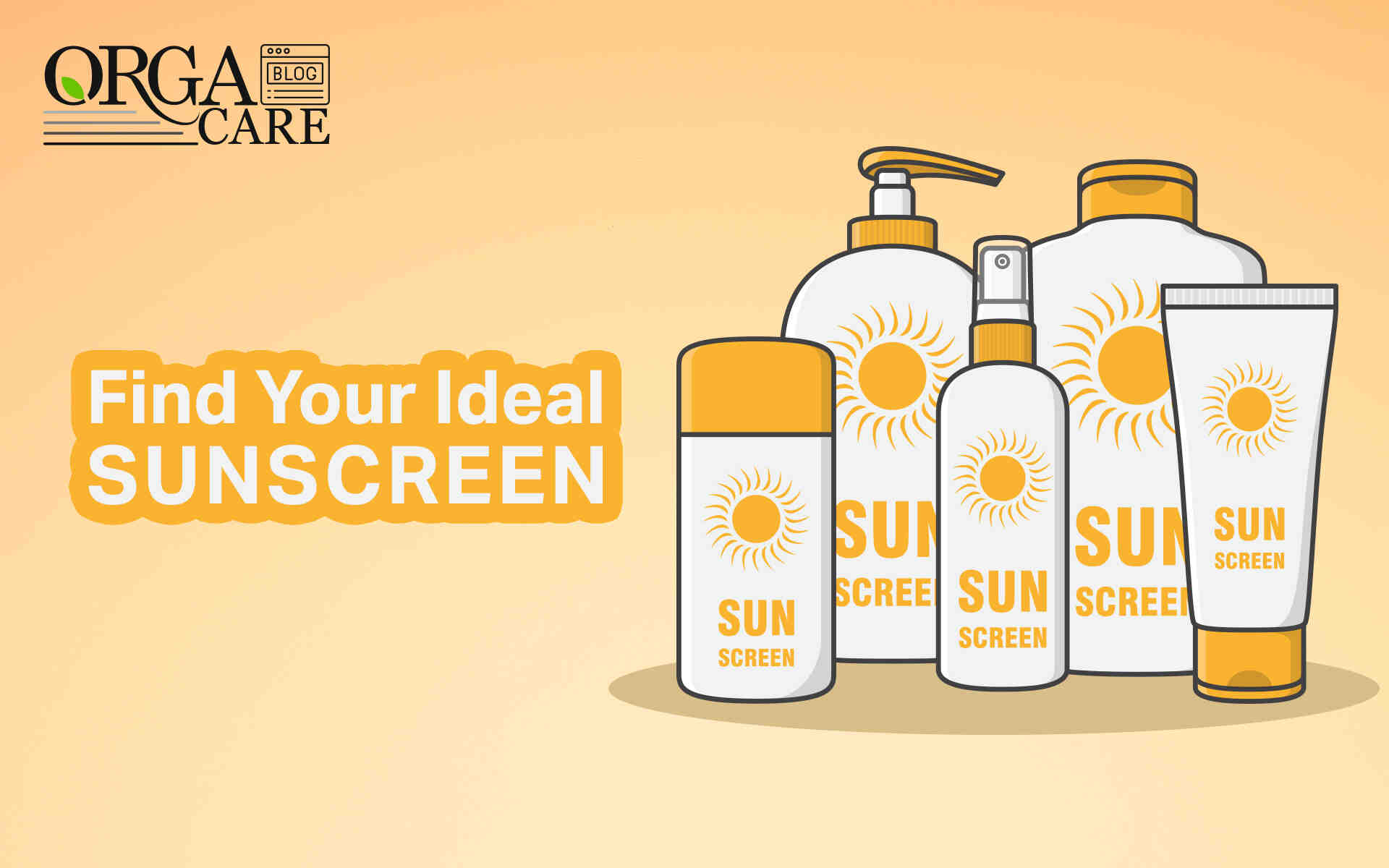Comparing Types of Sunscreen: Finding the Best Fit for Your Skin Type
Sun protection isn’t just about avoiding sunburns; it’s about safeguarding your skin’s health for the long run. The sun’s ultraviolet (UV) rays can cause premature aging, hyperpigmentation, and even increase the risk of skin cancer. That’s why choosing the best sunscreen for all type skin isn’t just an option—it’s a necessity. But with so many formulations on the market, understanding the different types of sunscreen can be overwhelming. Should you go for a broad spectrum sun screen? What’s the difference between a chemical and physical sunscreen? How do sunscreen SPF types affect protection levels? This comprehensive guide will answer all your questions and help you find the most effective type of sunscreen for your skin.
Understanding the Types of Sunscreen
Sunscreens are formulated in various ways to cater to different skin types, needs, and lifestyles. The primary classification falls into physical (mineral) sunscreen and chemical sunscreen, but there are also hybrid formulations. Let’s take a closer look at how each type works and which might be the best fit for you.
What is Physical (Mineral) Sunscreen?
Physical sunscreen, also known as mineral sunscreen, is formulated with natural mineral ingredients like zinc oxide and titanium dioxide. These ingredients create a physical barrier on the skin that reflects and scatters UV rays away from the surface. Unlike chemical sunscreens, which absorb into the skin, mineral sunscreens sit on top, providing instant protection.
Benefits of Physical Sunscreen:
- Immediate protection: Unlike chemical sunscreens that need about 20 minutes to activate, mineral sunscreens start working as soon as they are applied.
- Gentle on sensitive skin: Since they don’t penetrate the skin, they are less likely to cause irritation or allergic reactions.
- Safer for the environment: Many mineral sunscreens are considered reef-safe, as they don’t contain harmful chemicals that can damage marine life.
- Provides broad-spectrum protection: They effectively block both UVA and UVB rays, reducing the risk of sunburn and long-term skin damage.
Drawbacks of Physical Sunscreen:
- Can leave a white cast: Many mineral sunscreens, especially those with high SPF in sunscreen, can leave a noticeable white layer on the skin.
- Thicker texture: The formula tends to be heavier, which may feel greasy, especially for oily skin types.
- May wear off faster: Since it sits on top of the skin, it can be easily rubbed off or washed away with sweat or water.
What is Chemical Sunscreen?
Unlike mineral sunscreens, chemical sunscreen absorbs into the skin and works by converting UV rays into heat, which is then released from the skin. These sunscreens typically contain active ingredients such as oxybenzone, avobenzone, octinoxate, and octisalate.
Benefits of Chemical Sunscreen:
- Lightweight texture: These sunscreens are often thinner and easier to apply without leaving residue.
- No white cast: They blend seamlessly into the skin, making them ideal for people with darker skin tones.
- Better water resistance: Many chemical sunscreens stay on longer, making them a good choice for swimming or outdoor activities.
Drawbacks of Chemical Sunscreen:
- Takes time to activate: It needs at least 20 minutes before sun exposure to start working.
- Can cause irritation: Some people, especially those with sensitive skin, may experience stinging, redness, or allergic reactions.
- Potential environmental concerns: Certain chemical sunscreen ingredients have been linked to coral reef damage.
Differences Between Physical and Chemical Sunscreens
Physical sunscreens create a protective barrier on the skin’s surface using minerals like zinc oxid, hyaluronic acid and titanium dioxide to reflect UV rays. They start working immediately and are ideal for sensitive skin, as they are less likely to cause irritation. Mineral sunscreens are often reef-safe but may feel heavier or leave a white cast, especially on darker skin tones.
Chemical sunscreens absorb UV rays, converting them into heat, and are usually lighter and more blendable, making them a good choice for medium to deep skin tones. They’re also more water-resistant but need about 20 minutes to become effective. However, they can cause irritation for sensitive skin and may have environmental concerns, particularly for coral reefs.
Choosing between the two depends on your skin type and needs—mineral sunscreen for sensitive skin and immediate protection, and chemical sunscreen for a lightweight, invisible finish.
Choosing the Right Sunscreen for Your Skin
Selecting the best sunscreen for all type skin requires understanding your skin’s unique needs and concerns. Different formulations cater to various skin types, so knowing what works best for you can help prevent irritation, clogged pores, or excessive dryness.
For oily or acne-prone skin, opt for lightweight, oil-free, or gel-based sunscreens that provide a matte finish. Look for non-comedogenic formulations that won’t clog pores, as well as those that contain ingredients like niacinamide to help regulate oil production.
If you have dry skin, choose sunscreens with hydrating ingredients like hyaluronic acid and glycerin to provide additional moisture while protecting your skin from UV damage. Cream-based sunscreens or those with added antioxidants can help nourish the skin while preventing dehydration.
For sensitive skin, physical sunscreen is usually the safest choice, as it contains gentle ingredients like zinc oxide and titanium dioxide that don’t penetrate the skin. Avoid sunscreens with alcohol, fragrance, or harsh chemical filters, as they can cause irritation or redness.
For dark skin tones, tinted mineral sunscreens or sheer chemical sunscreens are excellent choices. Many physical sunscreens leave a noticeable white cast, so selecting a tinted or invisible formula can help avoid this issue while ensuring complete protection.
People with combination skin may benefit from a hybrid sunscreen that combines the best features of both physical and chemical sunscreens. Lightweight formulas with added hydration and oil control properties can help maintain balance without feeling too greasy or too drying.
How to Apply Mineral or Chemical Sunscreen?
No matter which types of sunscreen you choose, proper application is key to ensuring full protection against UV damage.
Follow these steps to get the most out of your sunscreen:
- Apply sunscreen at least 15 to 20 minutes before sun exposure. This is especially important for chemical sunscreen, as it needs time to absorb into the skin and start working.
- Use a generous amount. For the face, a nickel-sized amount is recommended, while for the body, about a shot glass worth of sunscreen should be applied to ensure full coverage.
- Don’t forget often-missed areas. The ears, neck, hands, and feet are just as vulnerable to sun damage as the face and body, so make sure to cover them properly.
- Reapply every two-three hours. Sunscreen wears off due to sweat, water exposure, and natural skin absorption. If you’re swimming or sweating, consider reapplying more frequently.
- Layer sunscreen correctly. Apply sunscreen after your moisturizer but before makeup to ensure maximum absorption and effectiveness.
Which Sunscreen is Best for Your Skin?
Finding the most effective type of sunscreen is crucial for maintaining healthy, glowing skin. Whether you prefer the protective barrier of mineral sunscreen or the lightweight feel of chemical sunscreen, the key is to choose a formulation that aligns with your skin’s specific needs. Regular sunscreen use not only prevents sunburn but also helps combat premature aging, hyperpigmentation, and long-term skin damage.
Whether you choose physical sunscreen for its gentle, reflective properties or chemical sunscreen for its lightweight, invisible finish, the key is to find a formulation that suits your skin type and lifestyle. Using sunscreen daily helps protect against sunburn, premature aging, and long-term UV damage, making it a non-negotiable part of skincare. No matter your skin type, making sunscreen a daily essential will help you maintain a youthful, radiant complexion for years to come.
Conclusion
Sunscreen is not just an extra step in your skincare routine; it is the most essential one. With so many different types of SPF available, selecting the right one can seem overwhelming. However, the best approach is to prioritize broad spectrum sunscreen, ensure you’re using the correct sunscreen SPF types, and apply it generously and consistently. A well-chosen sunscreen not only shields your skin but also enhances its overall health and glow.
For complete sun protection, Orgatre’s Sun Shield Sunscreen range offers a perfect match for every skin type. Whether you need the everyday defense of Sun Shield Sunscreen 30 PA++, the advanced protection of 50 PA+++, or the subtle coverage of Tinted 50 PA+++, you can trust Orgatre to keep your skin safe and radiant under the sun. Stay protected, stay glowing, and make sunscreen your skin’s best friend.









